Home>Gardening & Outdoor>Landscaping Ideas>How To Build A Raised Garden Bed With Legs
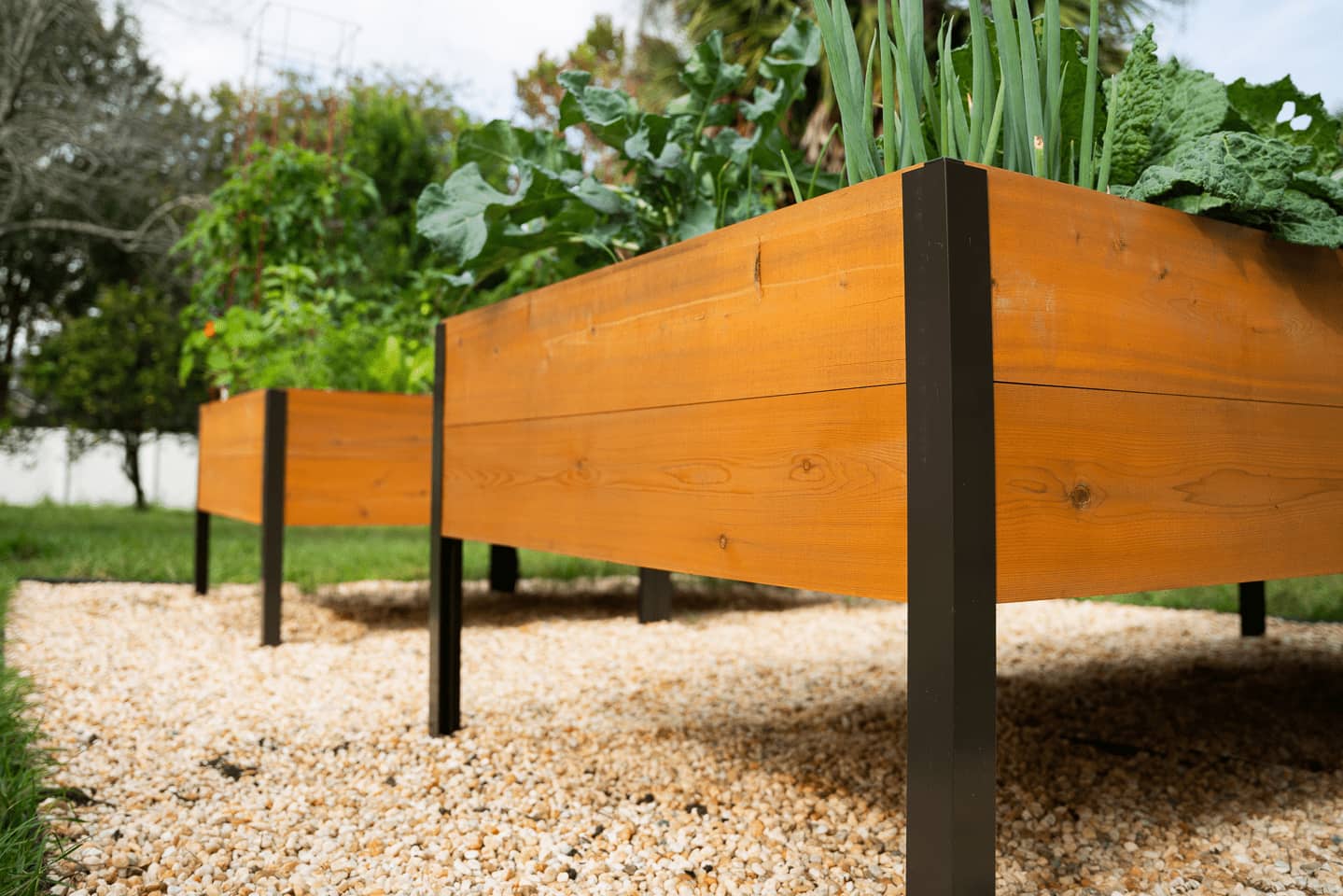

Landscaping Ideas
How To Build A Raised Garden Bed With Legs
Modified: February 26, 2024
Learn how to create a raised garden bed with legs for easy access and beautiful landscaping ideas. Step-by-step guide for a perfect garden setup.
(Many of the links in this article redirect to a specific reviewed product. Your purchase of these products through affiliate links helps to generate commission for Storables.com, at no extra cost. Learn more)
Introduction
Are you looking to elevate your gardening game and add a touch of convenience to your outdoor space? Building a raised garden bed with legs might just be the perfect solution for you. This innovative gardening approach offers a myriad of benefits, from easier access and maintenance to improved soil quality and drainage. Whether you're an experienced gardener or a novice with a green thumb, constructing a raised garden bed with legs can provide a versatile and practical platform for cultivating a variety of plants, flowers, herbs, and vegetables.
By raising the garden bed off the ground and incorporating sturdy legs, you can bid farewell to the challenges of traditional ground-level gardening. Say goodbye to back strain and bending over for extended periods, as the raised design allows for comfortable and ergonomic gardening. Additionally, the elevated structure provides better protection against pests and weeds, contributing to healthier and more bountiful yields.
The versatility of a raised garden bed with legs extends beyond its ergonomic advantages. It can be strategically positioned in various outdoor settings, including patios, decks, balconies, or even within larger garden spaces. This flexibility allows you to optimize sunlight exposure and create an aesthetically pleasing arrangement that complements your outdoor environment.
Furthermore, the construction process itself can be a rewarding and fulfilling endeavor. From selecting the materials and tools to customizing the dimensions and design, building a raised garden bed with legs offers ample opportunities for creativity and personalization. Whether you're aiming for a sleek and modern look or a rustic and natural feel, the design possibilities are virtually endless.
In the following steps, we will guide you through the process of constructing a raised garden bed with legs, providing detailed instructions and insights to help you bring your gardening vision to life. With a bit of dedication and a touch of DIY spirit, you'll soon be reaping the rewards of your elevated garden oasis. Let's roll up our sleeves and embark on this exciting gardening journey together.
Key Takeaways:
- Elevate your gardening game with a raised garden bed on legs for easier access, better plant protection, and versatile placement in various outdoor spaces. Enjoy a rewarding DIY project and bountiful yields!
- Building a raised garden bed with legs offers ergonomic gardening, improved soil quality, and a sustainable oasis. Embrace the joy of nurturing plants at eye level and reaping the rewards of your green sanctuary.
Read more: How To Build A Raised Garden Bed On Legs
Step 1: Gather Materials and Tools
Before diving into the construction of your raised garden bed with legs, it's essential to gather all the necessary materials and tools. This step sets the foundation for a smooth and efficient building process, ensuring that you have everything at your fingertips when you're ready to bring your garden bed to life.
Materials:
- Lumber: Select high-quality, rot-resistant lumber such as cedar or redwood. The dimensions will depend on the size of the garden bed you intend to build.
- Wood Screws: Choose corrosion-resistant screws to secure the frame and legs firmly.
- Wood Sealant or Stain: Opt for a sealant or stain to protect the wood from moisture and prolong its lifespan.
- Hardware Cloth: This mesh-like material will be used to create a bottom layer for the garden bed, aiding in drainage and preventing pests from entering.
- Landscape Fabric: This will help in preventing weed growth while allowing water to drain freely.
- Potting Mix or Garden Soil: Ensure you have enough high-quality soil to fill the raised bed.
- Plastic Liner (Optional): If you plan to use the raised bed on a wooden deck or patio, a plastic liner can protect the surface from moisture.
Tools:
- Measuring Tape: Essential for accurately determining the dimensions of the garden bed and legs.
- Saw: A handsaw or circular saw will be required for cutting the lumber to the desired lengths.
- Drill and Bits: A drill will be used to create pilot holes and drive screws into the wood.
- Level: Ensures that the garden bed and legs are perfectly aligned and balanced.
- Work Gloves: Protect your hands during the construction process.
- Safety Goggles: Essential for eye protection, especially when cutting or drilling wood.
- Paintbrush or Roller: If you opt to apply a wood sealant or stain, a paintbrush or roller will be necessary.
By ensuring that you have all the required materials and tools on hand, you can streamline the construction process and minimize interruptions. With these essentials at your disposal, you're ready to move on to the next exciting phase of building your raised garden bed with legs.
Step 2: Cut and Assemble the Frame
With the materials and tools gathered, it's time to embark on the pivotal phase of constructing the frame for your raised garden bed with legs. This step lays the groundwork for the bed's structural integrity and sets the stage for the subsequent assembly process.
Read more: How To Build A Cedar Raised Garden Bed
Cutting the Lumber
Begin by measuring and cutting the lumber to the desired dimensions for the frame. The length and width of the garden bed will depend on your specific gardening needs and available space. Use a measuring tape to ensure precision, and a saw, whether a handsaw or circular saw, to make clean and accurate cuts. Remember to account for the thickness of the lumber when determining the final dimensions of the frame.
Assembling the Frame
Once the lumber is cut to size, it's time to assemble the frame. Lay out the pieces of lumber in the designated configuration, forming the perimeter of the garden bed. Use wood screws to secure the corners, ensuring that the frame is sturdy and well-aligned. Pre-drilling pilot holes can help prevent the wood from splitting and facilitate the screwing process.
Reinforcing the Corners
To enhance the durability and stability of the frame, consider reinforcing the corners with additional lumber or metal brackets. This reinforcement can mitigate the risk of the frame shifting or weakening over time, especially when filled with soil and exposed to the elements. By reinforcing the corners, you can bolster the overall strength of the garden bed, prolonging its longevity and resilience.
Applying Wood Sealant or Stain
Before proceeding to the next phase, you may opt to apply a wood sealant or stain to the frame. This step is particularly crucial for protecting the lumber from moisture, UV exposure, and general wear and tear. A high-quality sealant or stain can extend the lifespan of the wood, preserving its aesthetic appeal and structural integrity for years to come.
By meticulously cutting and assembling the frame, you've laid the groundwork for a robust and well-crafted raised garden bed with legs. The next step will delve into the process of attaching the legs, bringing us one step closer to witnessing the fruition of your gardening vision.
Read more: How To Build A Stone Raised Garden Bed
Step 3: Attach the Legs
With the frame of the raised garden bed assembled, the next crucial step is to attach the legs, which will elevate the bed to a convenient and ergonomic height. The addition of legs not only enhances accessibility but also contributes to the overall stability and aesthetic appeal of the garden bed.
Selecting and Preparing the Legs
When choosing the material for the legs, opt for sturdy and weather-resistant options such as pressure-treated lumber or metal. The length of the legs will determine the overall height of the raised garden bed, so consider the ergonomic factors and the specific needs of the plants you intend to cultivate. Once the legs are selected and cut to the desired length, it's essential to ensure that they are uniform in size to maintain the bed's stability.
Attaching the Legs to the Frame
Position the frame of the garden bed upside down to facilitate the attachment of the legs. Place the legs at each corner of the frame, ensuring that they are flush with the outer edges. Utilize wood screws to secure the legs firmly to the frame, driving the screws through the frame and into the legs. Pre-drilling pilot holes can help prevent the wood from splitting and ensure a secure attachment.
Reinforcing the Connection
To reinforce the connection between the legs and the frame, consider adding additional support, such as diagonal braces or metal brackets. This reinforcement can significantly enhance the overall stability of the raised garden bed, especially when it is filled with soil and subjected to the elements. By fortifying the attachment points, you can ensure that the legs provide robust support for the bed, maintaining its structural integrity over time.
Ensuring Level Alignment
Once the legs are attached, use a level to ensure that the garden bed is perfectly aligned and balanced. This step is crucial for guaranteeing that the bed will sit evenly on the ground, preventing any wobbling or instability. Adjust the legs as needed to achieve a level and uniform alignment, which will contribute to the bed's overall functionality and visual appeal.
By meticulously attaching the legs to the frame, you have taken a significant stride towards completing your raised garden bed with legs. The next step will delve into the process of adding the bottom layer and drainage, bringing us closer to the final stages of bringing your gardening vision to fruition.
Step 4: Add the Bottom and Drainage
As we progress in the construction of the raised garden bed with legs, the addition of the bottom layer and drainage components plays a pivotal role in ensuring optimal soil health and moisture management. This step is essential for creating a conducive environment for plant growth while preventing waterlogging and potential damage to the structure.
Installing the Bottom Layer
Begin by laying down a layer of hardware cloth or landscape fabric at the bottom of the garden bed frame. This material serves as a barrier, preventing pests from infiltrating the bed while allowing excess water to drain freely. Cut the cloth or fabric to fit the dimensions of the frame, ensuring complete coverage.
Promoting Drainage
To further enhance drainage, consider adding a layer of coarse gravel or small rocks on top of the hardware cloth or landscape fabric. This layer facilitates efficient water drainage, preventing the soil from becoming waterlogged and promoting a healthy root environment for your plants.
Read more: How To Build A Waist-High Raised Garden Bed
Customizing Drainage Holes
Drainage holes are crucial for maintaining proper moisture levels within the raised garden bed. Using a drill with a suitable bit, create small drainage holes along the sides of the frame, ensuring that excess water can escape without causing soil erosion or structural damage. These holes play a vital role in preventing water accumulation, especially during heavy rainfall or watering sessions.
Incorporating a Plastic Liner (Optional)
If you intend to place the raised garden bed on a wooden deck or patio, adding a plastic liner can protect the underlying surface from moisture and potential damage. The liner acts as a barrier, safeguarding the supporting structure while allowing the bed to remain portable and versatile in various outdoor settings.
Ensuring Proper Air Circulation
To promote healthy root development and prevent soil compaction, it's essential to allow for adequate air circulation within the garden bed. This can be achieved by incorporating small gaps or spaces between the bottom layer and the frame, facilitating the exchange of air and maintaining optimal soil aeration.
By meticulously adding the bottom layer and implementing effective drainage measures, you have set the stage for a thriving and sustainable growing environment within your raised garden bed with legs. The next and final step will guide you through the process of filling the bed with soil and planting, bringing your gardening vision to fruition.
Step 5: Fill with Soil and Plant
With the structural elements in place, it's time to infuse life into your raised garden bed with legs by filling it with nutrient-rich soil and planting an array of greenery that will flourish in this elevated environment.
Choosing the Right Soil
Selecting the appropriate soil is paramount to the success of your raised garden bed. Opt for a high-quality potting mix or garden soil that is well-draining and rich in organic matter. This ensures that your plants receive the essential nutrients and moisture retention required for robust growth.
Filling the Garden Bed
Carefully fill the bed with the chosen soil, ensuring an even distribution and level surface. Take into account the specific requirements of the plants you intend to cultivate, as different species may thrive in varying soil depths. Aim for a consistent depth throughout the bed, allowing ample room for the roots to establish and expand.
Planting with Precision
As you embark on the planting phase, consider the layout and spacing of your chosen flora. Arrange the plants strategically, taking into account their mature size and growth habits. This thoughtful approach not only enhances the visual appeal of the garden bed but also optimizes the utilization of space and resources.
Nurturing Your Garden
After planting, provide the newly introduced greenery with a generous watering to help them acclimate to their new home. Monitor the moisture levels regularly and adjust your watering schedule as needed to ensure that the soil remains consistently moist but not waterlogged. Additionally, consider incorporating a layer of organic mulch to help retain moisture, suppress weed growth, and regulate soil temperature.
Read more: How To Build A Wood Raised Garden Bed
Embracing Growth and Harvest
As time progresses, revel in the sight of your garden bed coming to life as the plants flourish and thrive in their elevated sanctuary. Embrace the joy of tending to your green companions, nurturing them through regular maintenance, and celebrating the bountiful harvests that will soon grace your elevated garden oasis.
By filling your raised garden bed with soil and planting with care and consideration, you have brought your gardening vision to fruition, creating a vibrant and flourishing space that embodies the essence of sustainable and ergonomic gardening.
Conclusion
Congratulations on successfully constructing your raised garden bed with legs! By embarking on this DIY journey, you have not only created a functional and ergonomic gardening space but also cultivated a platform for boundless creativity and sustainable cultivation. As you stand back and admire your handiwork, it's evident that this elevated oasis holds the promise of abundant harvests, thriving greenery, and a newfound sense of connection to the natural world.
The process of building a raised garden bed with legs has not only yielded a tangible structure but has also fostered a deeper appreciation for the intricate dynamics of plant growth and the nurturing of a living ecosystem. As you witness the first sprouts emerging from the soil and the delicate dance of pollinators visiting your garden, you are reminded of the profound impact that your efforts can have on the surrounding environment.
Beyond the practical benefits of elevated gardening, such as improved accessibility and enhanced soil quality, your raised garden bed with legs embodies a testament to resourcefulness and sustainability. By utilizing durable and weather-resistant materials, implementing efficient drainage systems, and embracing organic cultivation practices, you have created a harmonious sanctuary that aligns with the principles of eco-conscious living.
As you tend to your garden bed, nurturing the plants through each stage of growth and reveling in the seasonal transitions, you are not merely cultivating a patch of land but fostering a deeper connection to the earth and its natural rhythms. The raised design invites you to engage with your garden at eye level, fostering a sense of intimacy and attentiveness that transcends the traditional boundaries of ground-level gardening.
In the midst of this elevated oasis, you have crafted a space for contemplation, rejuvenation, and the simple joy of witnessing the marvels of nature unfold before your eyes. Whether you find solace in the rhythmic act of watering your plants, the meditative process of weeding, or the gratifying harvest of your homegrown produce, your raised garden bed with legs has become a canvas for cultivating moments of tranquility and fulfillment.
As you continue to nurture and evolve your garden bed, may it serve as a constant reminder of the transformative power of hands-on creation and the enduring beauty of sustainable living. Embrace the journey ahead, savor the fruits of your labor, and let the flourishing greenery within your raised garden bed with legs inspire a deeper connection to the natural world and the profound joys of gardening.
Frequently Asked Questions about How To Build A Raised Garden Bed With Legs
Was this page helpful?
At Storables.com, we guarantee accurate and reliable information. Our content, validated by Expert Board Contributors, is crafted following stringent Editorial Policies. We're committed to providing you with well-researched, expert-backed insights for all your informational needs.
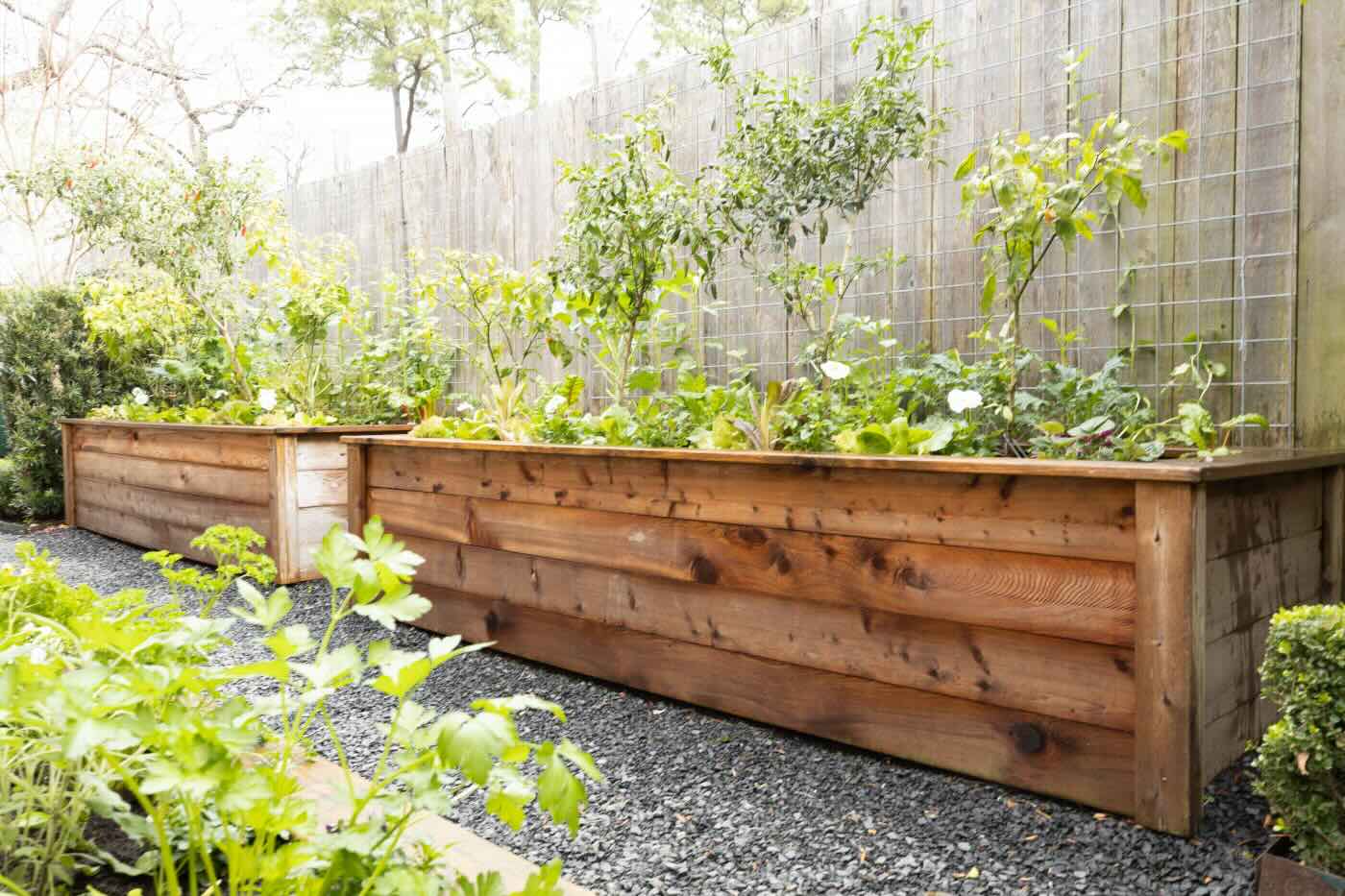
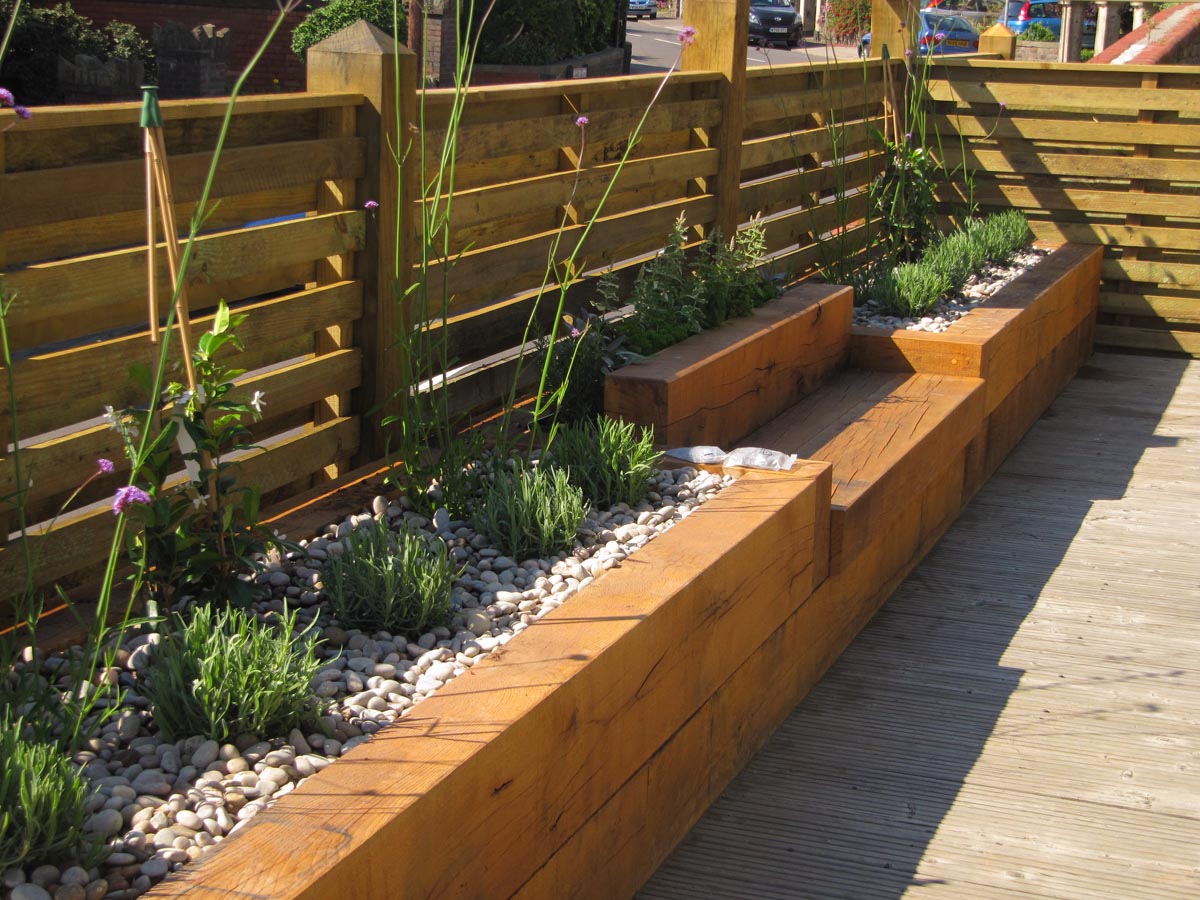
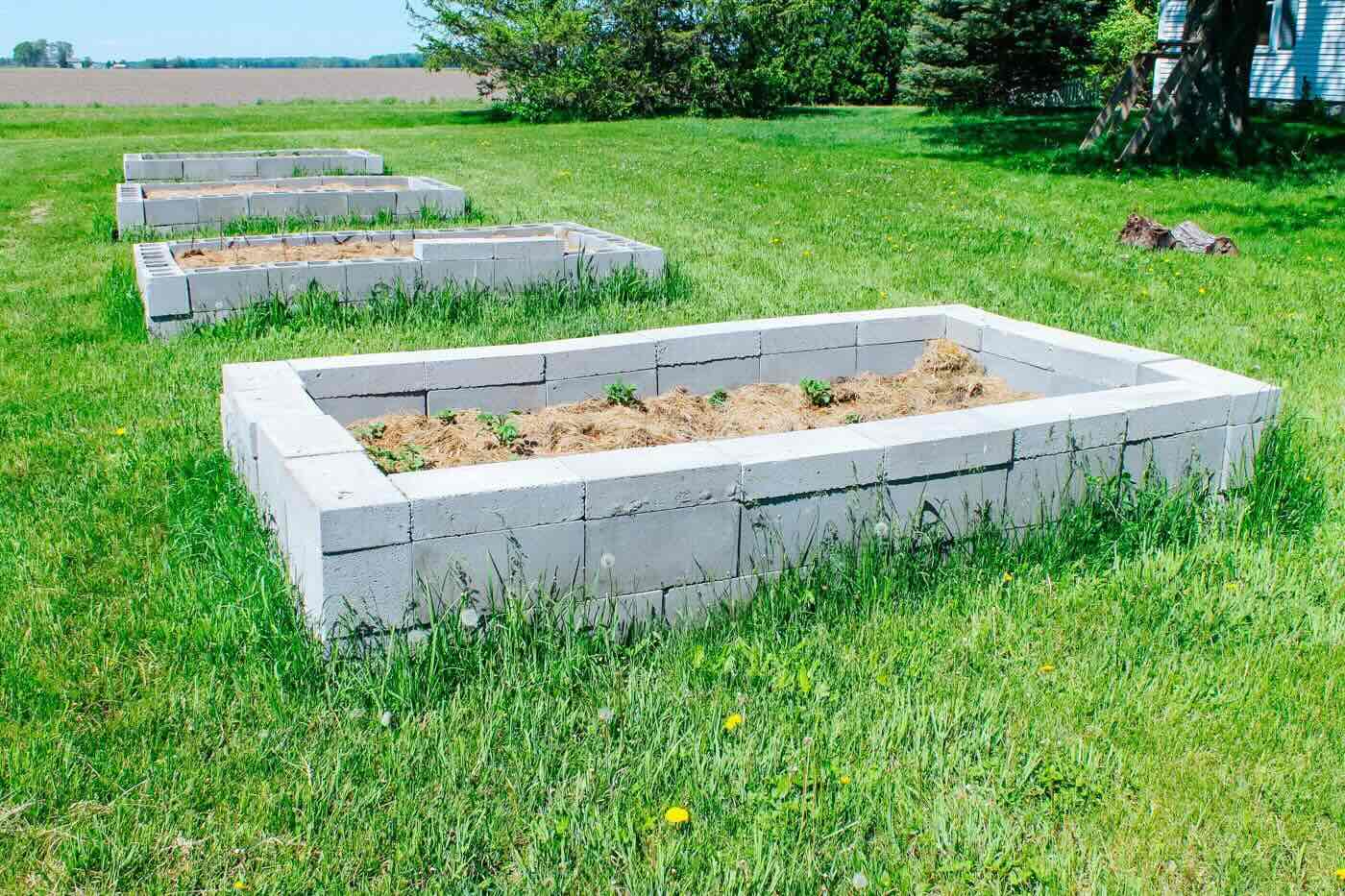
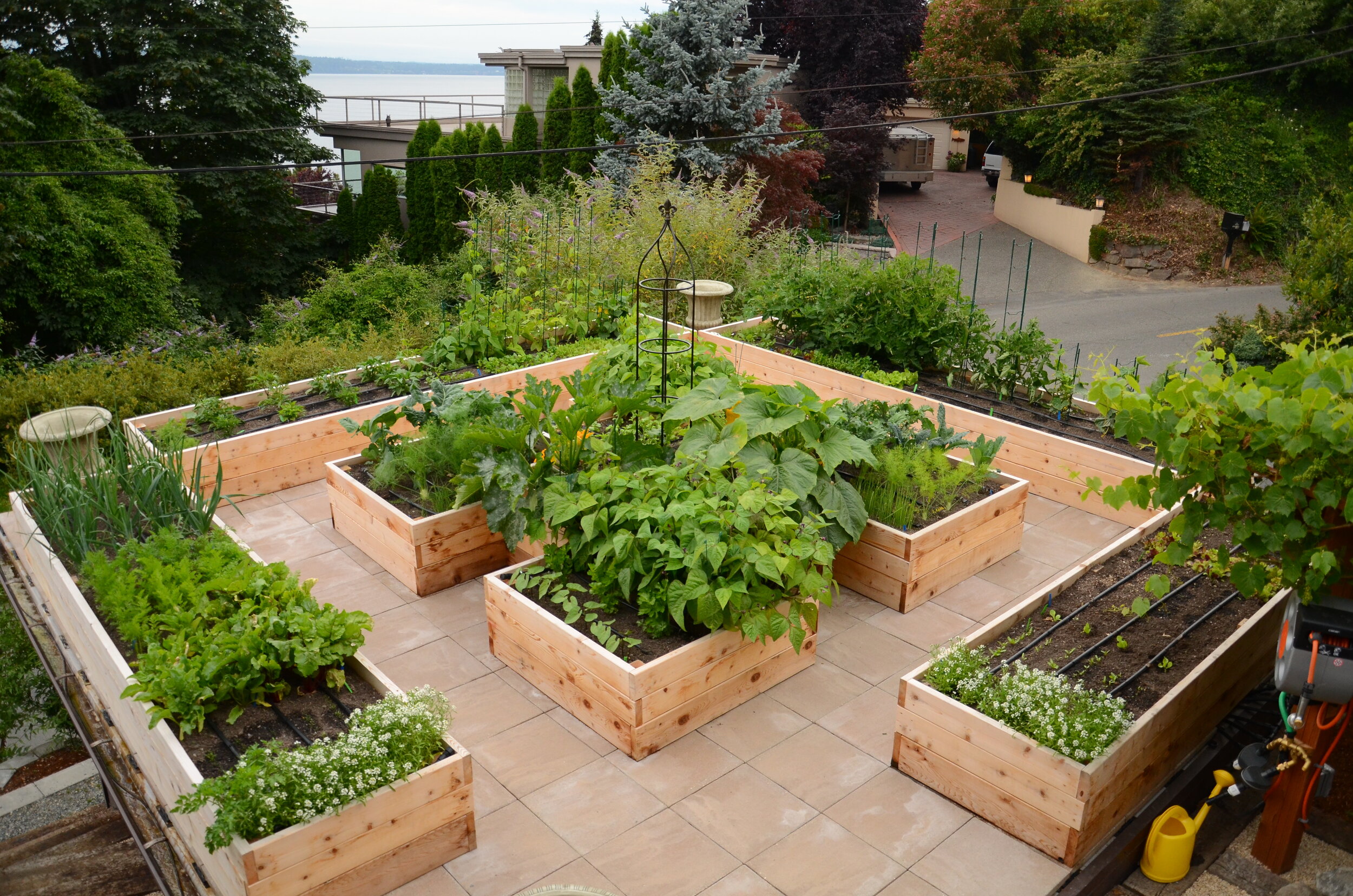

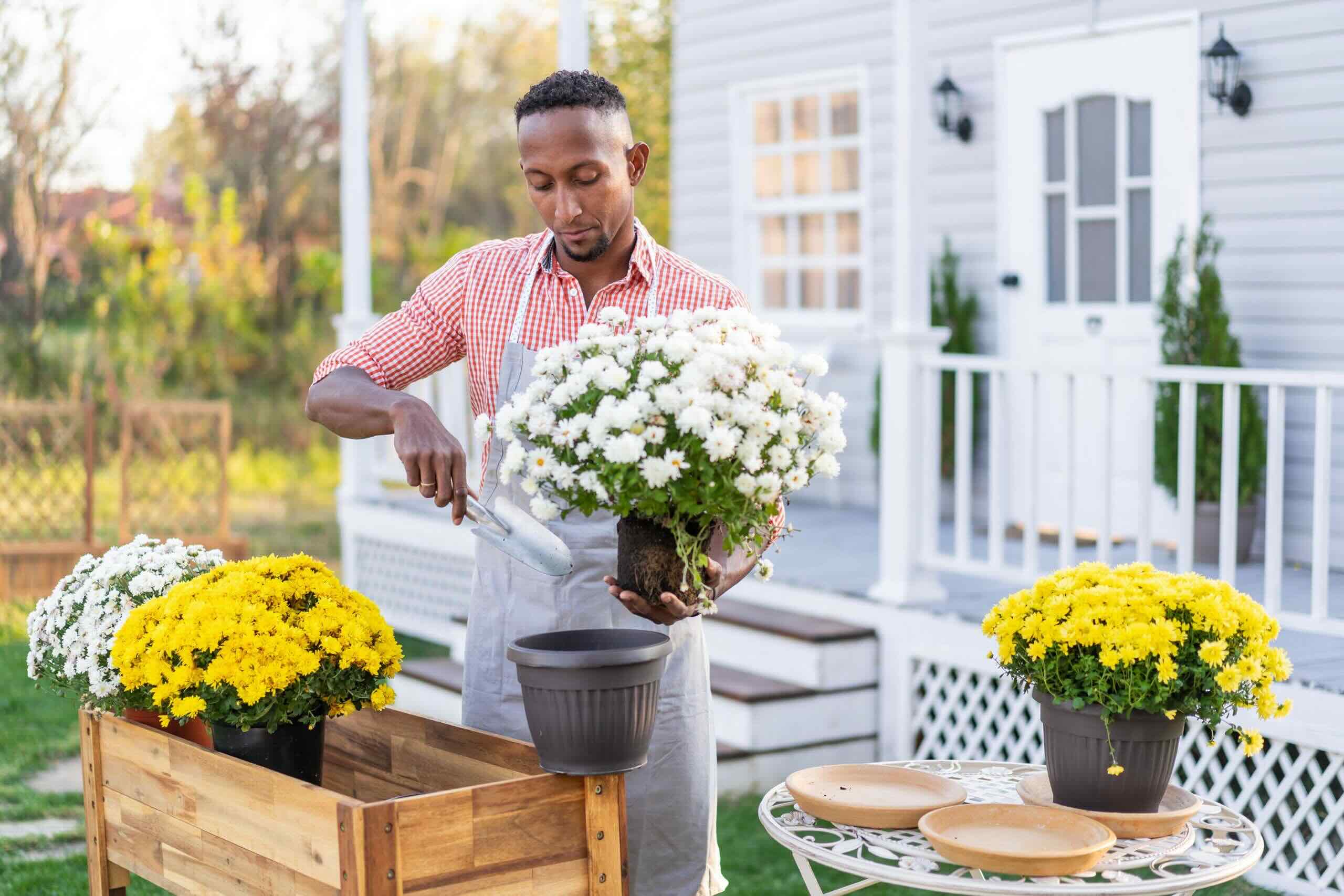
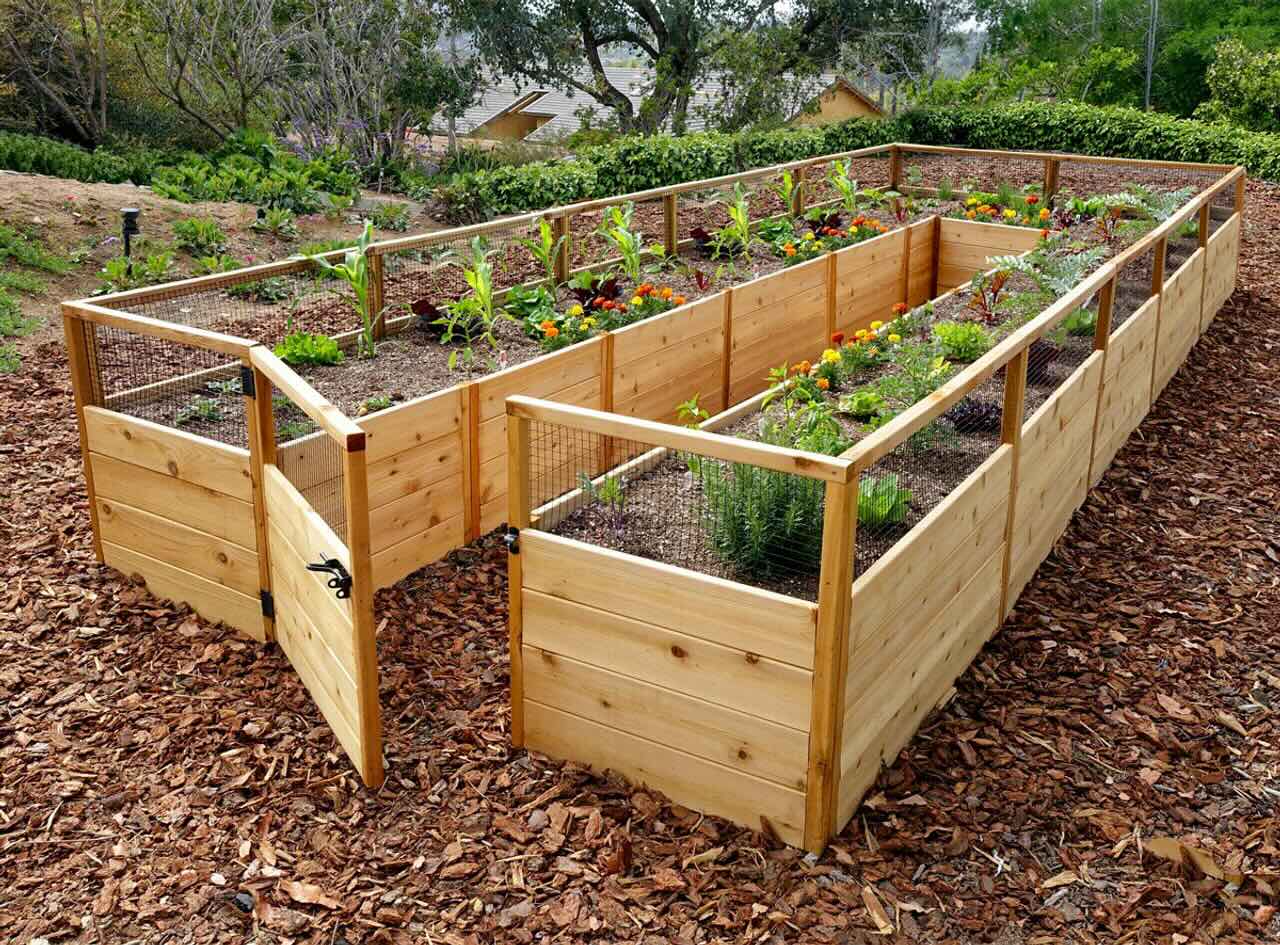
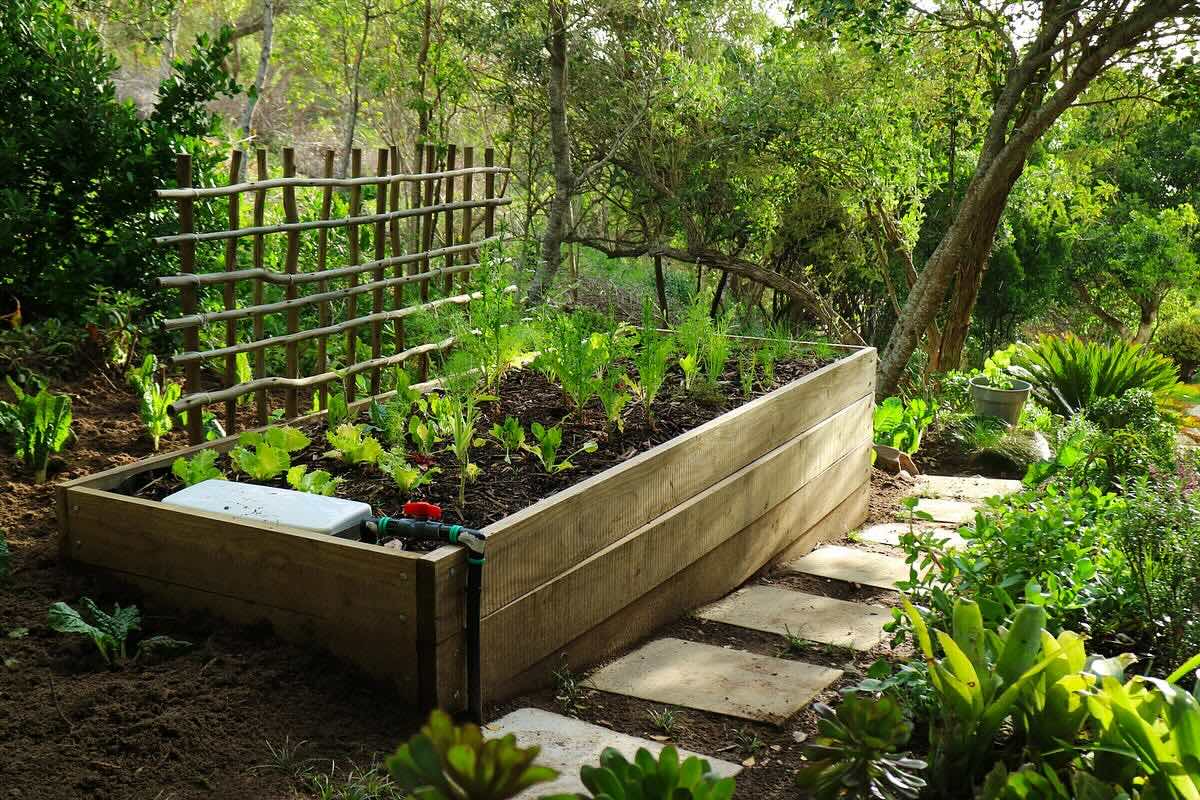
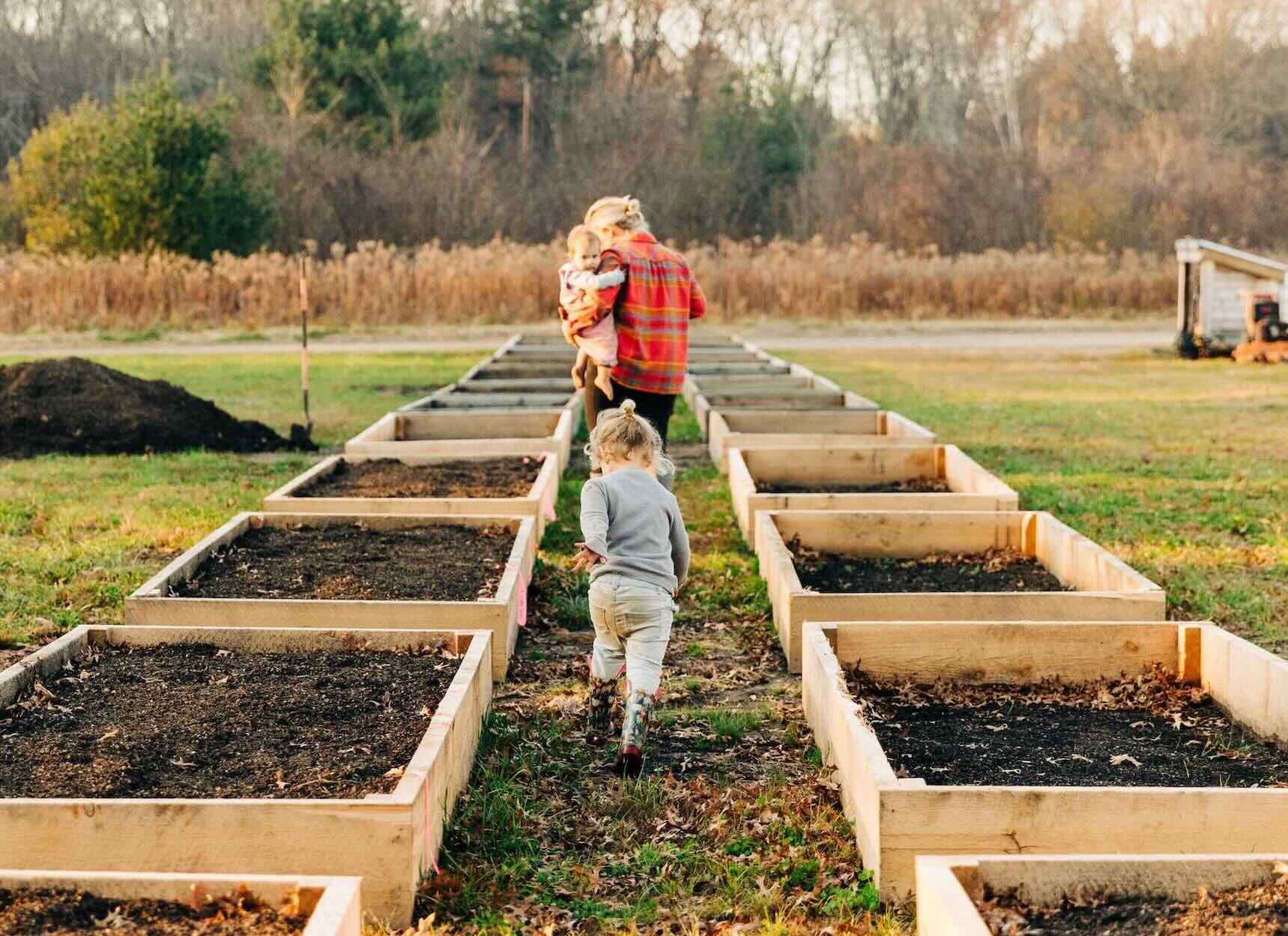

0 thoughts on “How To Build A Raised Garden Bed With Legs”